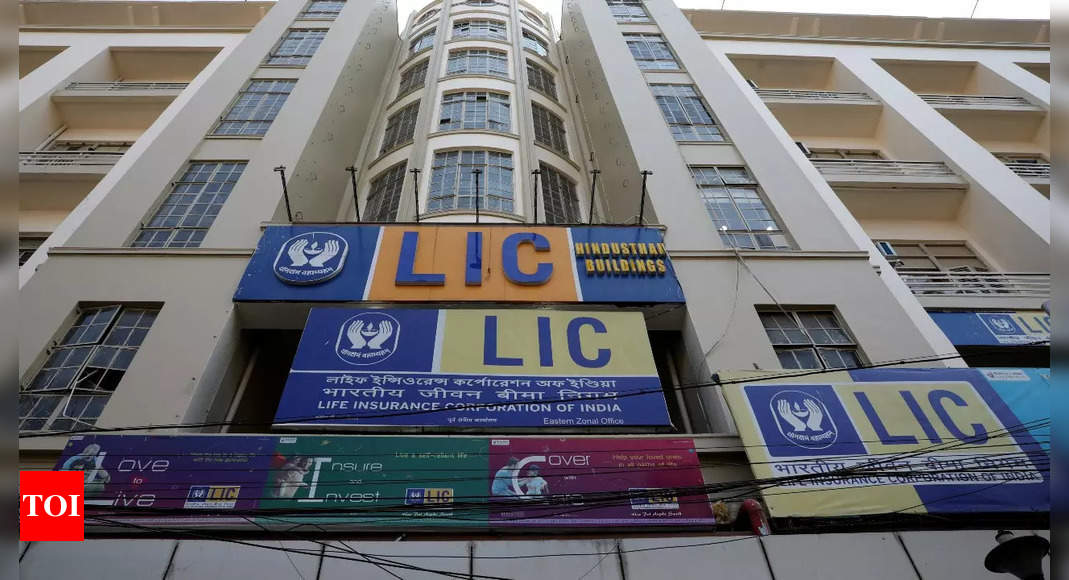Policyholders will be eligible for a Rs 60 discount on the issue price while employees and other retail investors will get a value of Rs 45, sources said after the insurance behemoth’s board approved the details. The discount works out to just below 10%, for which an enabling provision was included when the government amended the Life Insurance Corporation Act. As reported by TOI, the IPO will open on May 2 for anchor investors. It will be open for public subscription between May 4 and May 9.
The 22.13 crore shares being offered represent 3.5% of the total capital base of the corporation that is being divested by the government. Of this, 2.21 crore shares (10% of the issue size) are reserved for policyholders while 15 lakh shares are reserved for employees. Of the remaining shares, 50% are reserved for qualified institutional buyers, and retail (35%) and non-institutional investors (15%).
Of the portion reserved for QIBs, 60% is for anchor investors, indicating that the anchor book will be around Rs 6,300 crore only – smaller than the Rs 8,300-crore anchor book in the case of Paytm IPO. The issue price values the corporation at Rs 6 lakh crore at the upper end and Rs 5.7 lakh crore at the lower end of price band. This is around 1.1 times the corporation’s embedded value of Rs 5.4 lakh crore as of September.
According to sources, the government has scaled down its expectation of participation by foreign investors and is focusing more on expanding the domestic investor base. The bid lot size of 15 shares will enable participation with less than Rs 15,000 crore investment. Investment banking sources said that LIC is looking at retail participation of Rs 10,000 crore.
LIC had already conducted roadshows online with investors across the world in March. It will now do a fresh round of presentations providing details of the revised offer. The top management will meet with investors on Wednesday in Mumbai. Other zonal offices have also been asked to hold meetings to promote the issue. Meanwhile, digital brokerage firms see this as an opportunity to expand their customer base as many new-to-equity investors are expected to participate. The reduction in the size of the dilution might impact its possible inclusion in indices. According to Edelweiss Alternatives and Quantitative Research, the PSU insurer will not immediately make an early inclusion in any of the widely tracked passive indices.
For more information call us at 9891563359.
We are a group of best insurance advisors in Delhi. We are experts in LIC and have received number of awards.
If you are near Delhi or Rohini or Pitampura Contact Us Here

